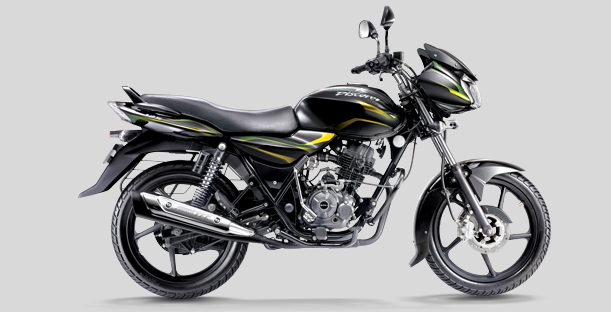
Bajaj Auto is yet to freeze plans on its proposed ultra low-cost car that the company plans to build in partnership with French auto major Renault and Japan’s Nissan.
Bajaj Auto for whom this would be the first swipe at the car industry, will consider a techno-economic feasibility report for the proposed budget-price passenger car along with the other two partners before deciding the future course of action on the project.
‘‘The techno-economic feasibility for the passenger 4-wheeler will be evaluated by Bajaj-Renault-Nissan for a final decision, leading to firming up of the co-operation parameters among partners and a suitable JV agreement,’’ according to the company.
Bajaj managing director Rajiv Bajaj did not elaborate further on the project even as some senior company officials said work on it was on and something can be expected over the next few months. While the proposed car is being seen as a close rival to Tata’s Nano, with Renault boss Carlos Ghosn speaking of a targeted price point around $2500. Rajiv Bajaj has all along maintained that the car’s unique selling proposition will not be its price, but its extremely-high fuel efficiency. It is understood that the car’s design , originally done by Renault , has not been found to be adequate, prompting the companies to go for a redesign.
‘‘ We are going back to the drawing board to have a rethink on the design,’’ an official from Bajaj’s foreign partners said, without wanting to be named. The official said the companies were firming up the various specifications for the car as they go about giving a new shape to it.
Another problem area for the project can be the global slowdown. The difficult times even forced Renault to go slow on its own independent car manufacturing plans in India as it decided to defer investment at Chennai where it is building a car plant along with group company Nissan. Thus, there could be reluctance from the company’s side in making big investments on any new project, the analysts said.
Source: Economic Times


